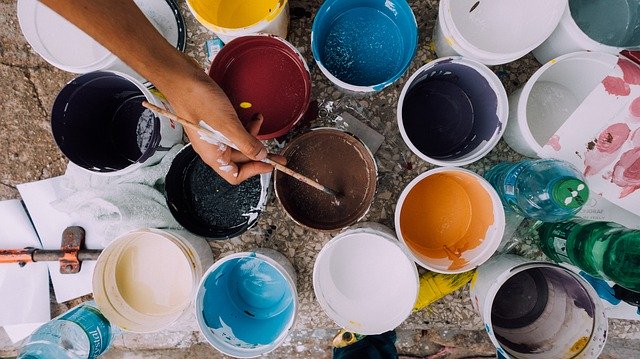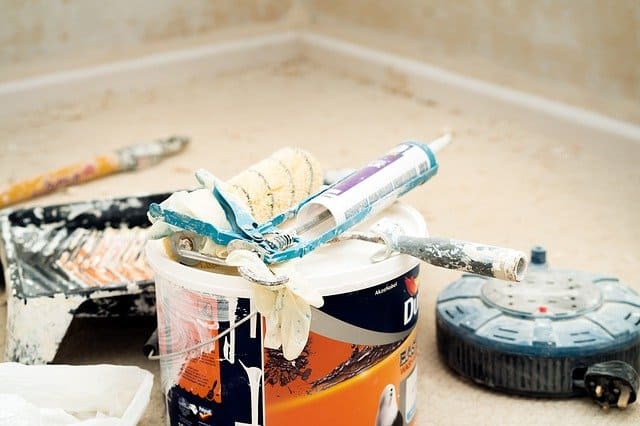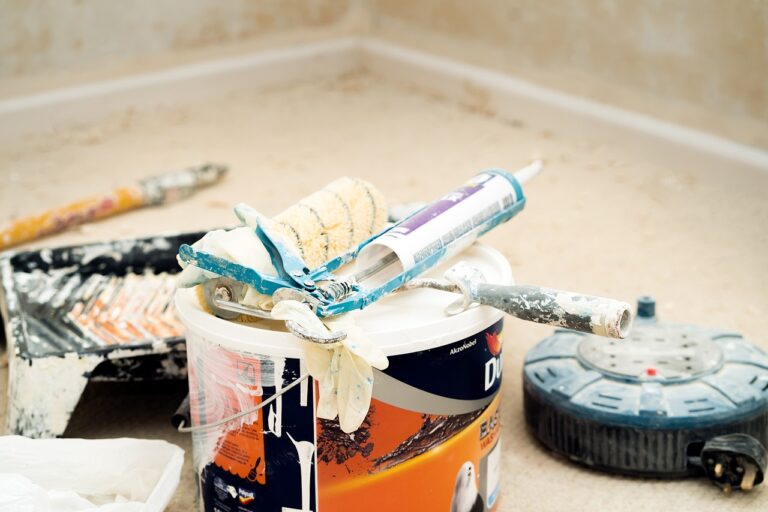What Is Better Silicone Or Latex Caulk?
When taking on a caulking project, the choice between silicone and latex caulk can significantly impact its success and longevity. Both types of caulk have distinct characteristics that suit different applications.
In this post, we will thoroughly explore the differences between silicone and latex caulk, their respective advantages and disadvantages, and provide you with a clear answer to help you make an informed decision.
The Answer: Silicone caulk is well-known for its exceptional durability and ability to withstand extreme weather conditions, making it an excellent choice for outdoor applications. Its high resistance to moisture and temperature fluctuations ensures it maintains its flexibility and effectiveness over time.
On the other hand, latex caulk is water-based, making it easier to clean up and environmentally friendly with lower VOC emissions. It is also paintable, allowing for a seamless finish that matches your existing decor.
Related: Airless Paint Sprayer Under 300
When to Use Silicone Caulk:
- Exterior Sealing: Silicone caulk’s weather-resistant properties make it perfect for sealing gaps around windows, doors, and outdoor structures, ensuring a strong and long-lasting seal.
- High-Moisture Areas: Choose silicone caulk for bathroom, kitchen, and outdoor projects, where exposure to water and moisture is frequent. Its water-resistant properties prevent mold and mildew growth.
- Extreme Temperature Environments: Silicone caulk is an ideal option for areas subjected to significant temperature fluctuations, such as attics and garages, as it remains flexible in varying weather conditions.
When to Use Latex Caulk:
- Interior Sealing: For sealing gaps around interior windows, doors, and baseboards, latex caulk is a versatile and suitable choice for achieving a tidy finish.
- Paintable Projects: Latex caulk is an excellent option when you need to paint over the caulk after it has dried, achieving a seamless appearance that blends with your interior design.
- Low-Moisture Areas: In areas with limited moisture exposure, like living rooms and bedrooms, latex caulk effectively seals gaps without the need for extreme moisture resistance.
Pros and Cons of Silicone Caulk:
Pros:
- Exceptional Durability: Silicone caulk’s resistance to weather and moisture ensures long-lasting performance, making it ideal for outdoor applications.
- Weather-Resistant: Withstands extreme temperature fluctuations and UV radiation, maintaining its flexibility and integrity over time.
- Watertight Seal: Adheres well to non-porous surfaces, providing a strong and effective seal against water infiltration.
Cons:
- Cleanup Challenges: Silicone caulk is harder to clean up due to its non-water-based formula, requiring solvents for removal.
- Limited Porous Surface Bonding: This may not bond as effectively to certain porous surfaces, requiring proper surface preparation for optimal adhesion.
- Higher Cost: Generally more expensive than latex caulk, which may impact budget-conscious projects.
Related: Pump Sprayers for Staining Fences
Pros and Cons of Latex Caulk:
Pros:
- Ease of Cleanup: Latex caulk is water-based, making it easy to clean up with water and soap, reducing the need for solvents.
- Environmentally Friendly: Lower VOC emissions in latex caulk make it a more eco-friendly option.
- Paintable Finish: Its ability to be painted over once dried allows for flexibility in achieving desired aesthetics.
Cons:
- Less Durability: Compared to silicone caulk, latex caulk may have a shorter lifespan, especially in harsh outdoor conditions.
- Limited Moisture Resistance: Not recommended for areas with high moisture exposure, where silicone caulk performs better.
- Lower Temperature Tolerance: Latex caulk may not hold up well in extreme temperature environments.
FAQs – Silicon & Latex
1. Which Caulk Lasts Longer: Silicone or Latex?
Silicone caulk generally lasts longer due to its exceptional durability and resistance to weather and moisture, ensuring a longer-lasting seal compared to latex caulk.
2. Can You Paint Over Silicone Caulk?
Unlike latex caulk, silicone caulk is not paintable. For paintable surfaces, it’s advisable to choose latex caulk to achieve a seamless finish that matches your decor.
Conclusion:
In conclusion, the choice between silicone and latex caulk depends on your specific caulking project needs. Silicone caulk excels in outdoor, high-moisture, and extreme-temperature applications, offering superior durability and weather resistance.
- On the other hand, latex caulk is a practical choice for interior sealing and paintable projects, providing ease of use and environmental benefits.
By understanding the differences and considering the specific requirements of your project, you can make an informed decision and achieve successful caulking results that stand the test of time.





